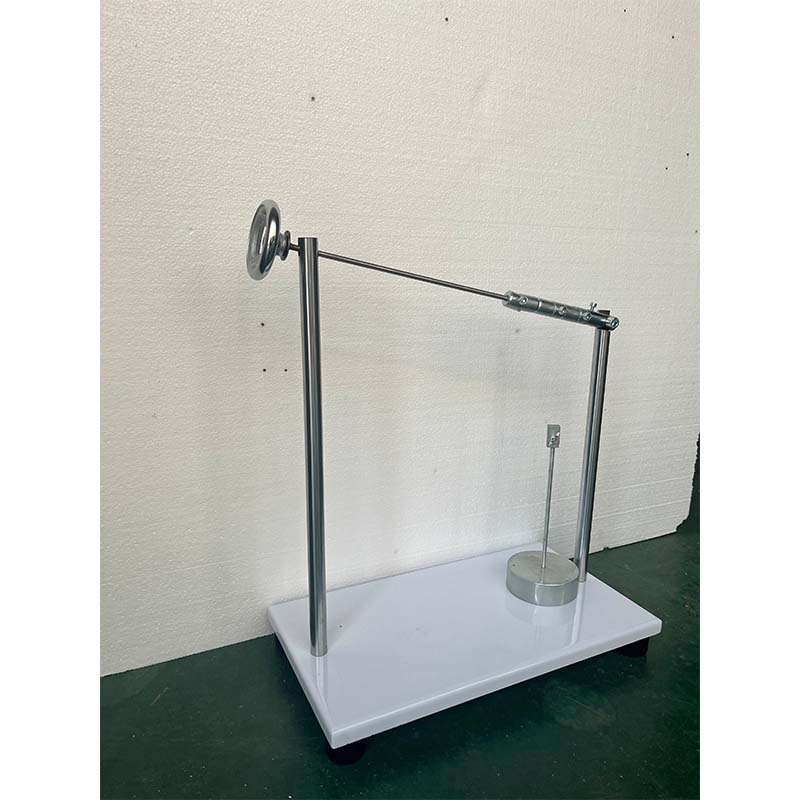optical measurement instruments
Optical Measurement Instruments The Backbone of Precision in Modern Science
In the realm of scientific research and industrial applications, optical measurement instruments play an indispensable role. These sophisticated devices utilize the principles of light—its reflection, refraction, and diffraction—to gather precise data about physical properties of materials and environments. From basic tools like spectrometers and microscopes to advanced systems such as laser interferometers and optical coherence tomography, each device offers unique capabilities to meet the demands of various fields, including physics, biology, engineering, and medicine.
One of the cornerstone optical measurement instruments is the spectrometer. This device analyzes the light spectrum emitted or absorbed by materials. Spectrometers are crucial in chemical analysis, where they help identify substances and quantify concentrations within a sample. By measuring the wavelengths of light, researchers can infer chemical compositions, which is vital in fields such as environmental monitoring, pharmaceuticals, and materials science. The ability to detect even trace amounts of a substance makes spectrometers a powerful tool for quality control and regulatory compliance.
Moving beyond spectral analysis, microscopy stands as a pivotal optical measurement technique that has revolutionized our understanding of the microscopic world. Optical microscopes enable scientists and engineers to view samples at a cellular or sub-cellular level, revealing structures that were once invisible. The invention of various microscopy techniques, such as fluorescence microscopy and confocal microscopy, allows researchers to visualize dynamic processes within living cells, contributing significantly to advancements in biology and medicine. For instance, researchers can track the behavior of proteins in real-time, leading to breakthroughs in drug development and disease understanding.
In precision engineering and metrology, laser interferometry is an essential optical measurement technique. By using the phenomenon of interference, laser interferometers measure lengths and displacements with extreme precision. These instruments can detect minute changes in position, making them invaluable in the manufacturing of semiconductor devices, optical components, and precision instruments. The high accuracy of laser interferometry contributes to maintaining quality standards in production and facilitates advancements in technology development.
optical measurement instruments

Another innovative application of optical measurement instruments is found in the field of medical imaging. Optical coherence tomography (OCT) is a non-invasive imaging technique used primarily in ophthalmology. It provides high-resolution cross-sectional images of the retina, allowing clinicians to diagnose and monitor eye diseases such as glaucoma and macular degeneration. The ability to visualize tissue morphology at a microscopic level while ensuring patient comfort highlights the impact of optical measurement technology on healthcare.
Beyond the laboratory and clinical settings, optical measurement instruments are increasingly utilized in environmental monitoring. Remote sensing technologies harness optical measurements to assess air quality, track climate change, and monitor land-use changes. With the integration of optical systems in drones and satellites, researchers can gather vast data about ecosystems and urban development, enabling informed decision-making for sustainable practices.
The continuous evolution of optical measurement instruments, driven by advancements in technology, has expanded their application range significantly. New materials and designs are enhancing sensitivity and resolution while reducing costs. Innovations such as micro-optics and integrated photonics pave the way for compact, versatile devices that can be deployed in diverse settings—from remote field studies to in-situ measurements in industrial processes.
In conclusion, optical measurement instruments are core to advancing knowledge and technology across various disciplines. Their ability to harness light for precise measurement and analysis not only facilitates scientific discoveries but also improves quality control, healthcare outcomes, and environmental sustainability. As technology progresses, the importance of optical measurement instruments will only grow, shaping the future of innovation and research. The pursuit of greater accuracy, efficiency, and versatility in optical measurements signifies a promising horizon for both industry and academia.
-
Why the Conductor Resistance Constant Temperature Measurement Machine Redefines Precision
NewsJun.20,2025
-
Reliable Testing Starts Here: Why the High Insulation Resistance Measuring Instrument Is a Must-Have
NewsJun.20,2025
-
Flexible Cable Flexing Test Equipment: The Precision Standard for Cable Durability and Performance Testing
NewsJun.20,2025
-
Digital Measurement Projector: Precision Visualization for Modern Manufacturing
NewsJun.20,2025
-
Computer Control Electronic Tensile Tester: Precision and Power for the Modern Metal Industry
NewsJun.20,2025
-
Cable Spark Tester: Your Ultimate Insulation Assurance for Wire and Cable Testing
NewsJun.20,2025
 Copyright © 2025 Hebei Fangyuan Instrument & Equipment Co.,Ltd. All Rights Reserved. Sitemap | Privacy Policy
Copyright © 2025 Hebei Fangyuan Instrument & Equipment Co.,Ltd. All Rights Reserved. Sitemap | Privacy Policy
